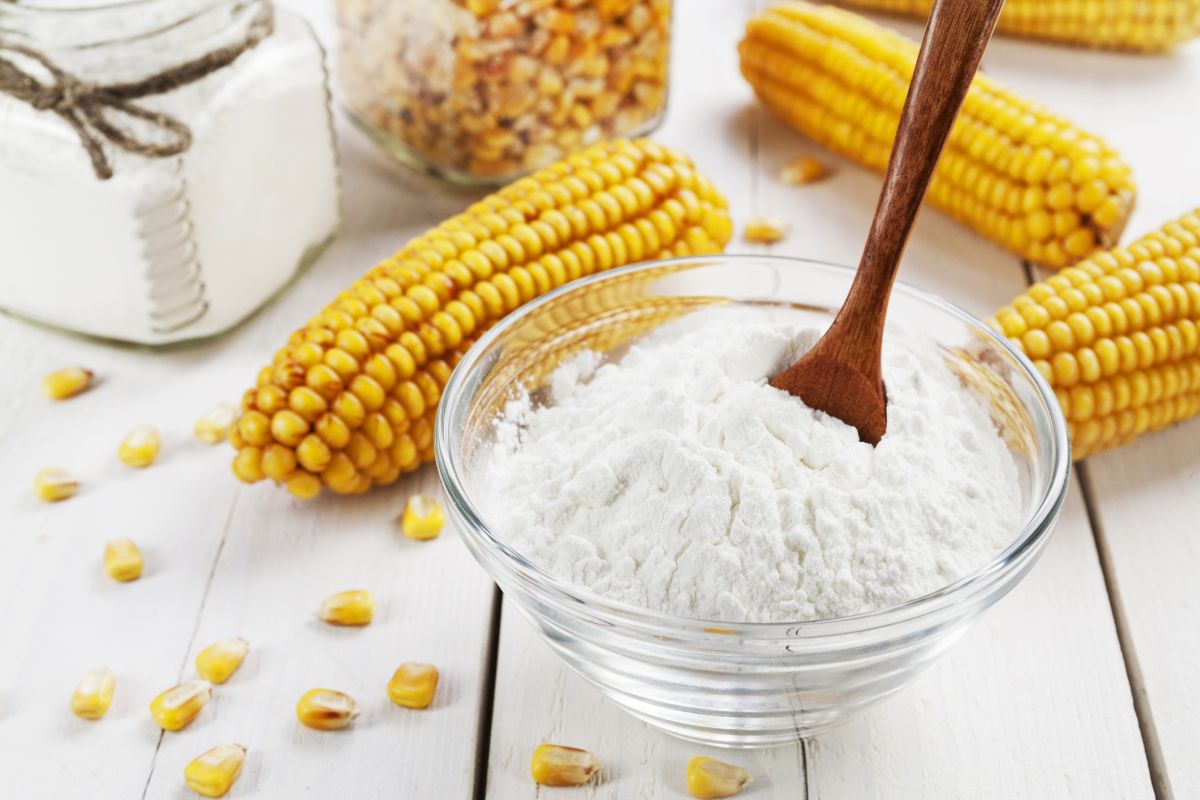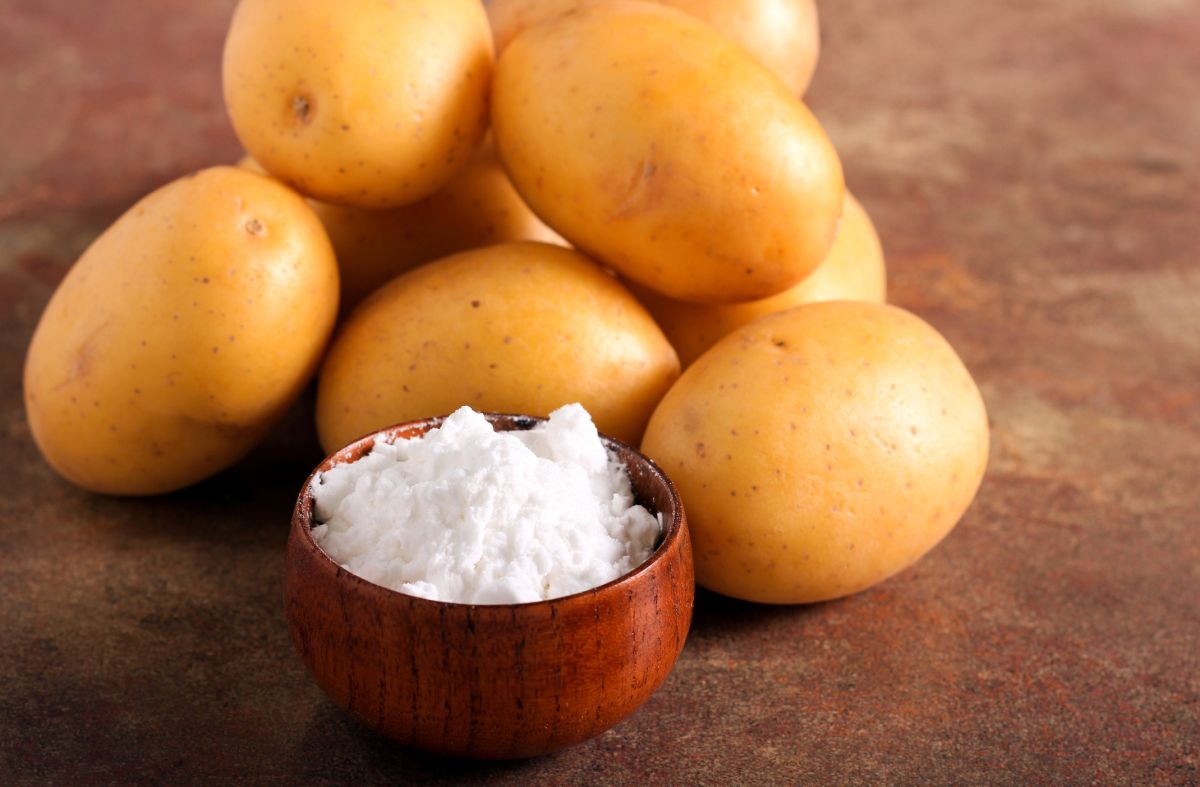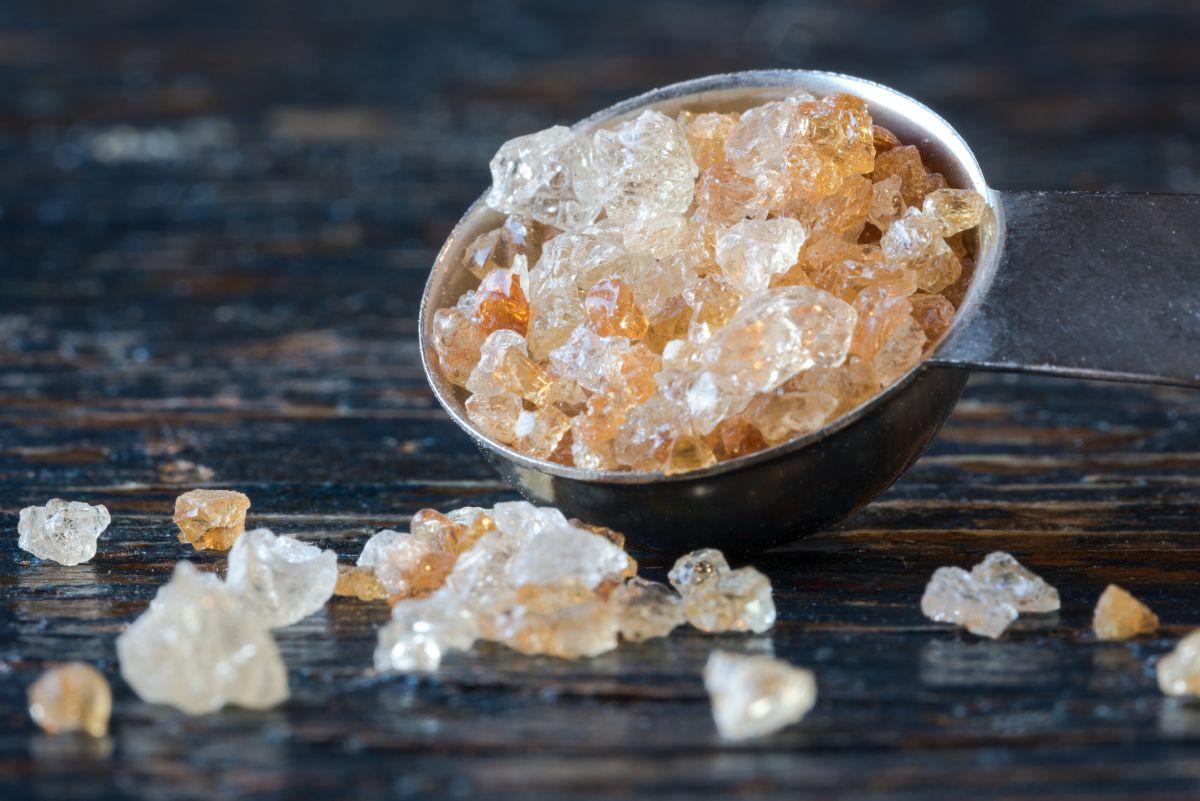If you’re looking for a cornstarch substitute, there are plenty of options to choose from. Whether you’re trying to avoid corn products or simply don’t have any cornstarch on hand, these alternatives can help you achieve the same thickening results in your cooking and baking.

What is Cornstarch?
Cornstarch is a fine, granular substance made from the starchy part of corn kernels. It is commonly used as a thickening agent in a variety of dishes and can also be used as a coating for fried foods.
Common Uses for Cornstarch
- Thickening soups, stews, and sauces
- Coating meats and vegetables before frying
- Making pudding, custard, and other desserts
- Binding ingredients in meatballs and meatloaf
- Preventing crystallization in homemade ice cream
Difference between Cornstarch and All-Purpose Flour
The differences between cornstarch and all-purpose flour include its thickening abilities, texture, and ability to withstand temperature. Cornstarch is made from corn kernels and ground into a fine, powdery starch. Whereas, all-purpose flour is a finely ground powder made from wheat grains.
Cornstarch thickens at a lower temperature than all-purpose flour. Therefore, it is best used for thickening sauces and soups that aren’t going to be cooked for very long.
On the other hand, all-purpose flour can be used for more than just thickening. So, all-purpose flour can be used to make bread or baked goods, while cornstarch is primarily used as a thickening agent.
12 Best Cornstarch Substitute Options
1. All-Purpose Flour
You can easily replace cornstarch with all-purpose flour to thicken your dish, but you will need to add twice as much to achieve the same consistency. Better Homes & Gardens shows you how to thicken almost any dish with all-purpose flour.
2. Arrowroot Powder
This starch is gluten-free with a neutral flavor. It is similar to cornstarch and can be used in a 2:1 ratio as a substitute. Downshiftology has some tips on working with arrowroot powder.
3. Potato Starch
Also gluten-free, potato starch can be used in soups, stews, and sauces as a substitute for cornstarch. It thickens your dish very quickly, so add only a little bit at a time until you are happy with the results. Masterclass compares it to cornstarch.
4. Rice Flour
In addition to being gluten-free, rice flour can be used as a thickening agent in sauces and gravies. It can also add some delicious crunch when deep frying food. Make your own by following Gluten-Free On A Shoestring’s method if you can’t find any at the store.
5. Tapioca Starch
This starch is derived from the cassava root and can be used to thicken soups, stews, and pies. Use it in a 2:1 ratio when replacing cornstarch. Masterclass gives you a complete overview of the ingredient.
6. Ground Flaxseed
Ground flaxseeds, when mixed with water, create a gel-like consistency that can thicken your dishes and works well as a binding agent too. It is a healthy superfood and a great replacement for cornstarch. Leslie Beck gives you tips and tricks on how to use it.
7. Psyllium Husk
Psyllium husk works in a similar way as flaxseeds do and can be added directly to hot stews and soups to thicken them up. Use half as much psyllium husk as you would cornstarch. Ceres notes that it is packed with fiber and can be used in smoothies too.
8. Xanthan Gum
This natural thickener can be used in small amounts to thicken sauces and gravies. You should add ⅛ to ¼ the amount of xantham gum as you would cornstarch, as it is quite potent. The Spruce Eats shares some tips on how to use this ingredient.
9. Guar Gum
Similar to xanthan gum, guar gum can be used as a thickener in small amounts. Bob’s Red Mill has a handy guide for the amount of guar gum you should use in different recipes.
10. Glucomannan
It might not be as easy to find Glucomannan, but it is a very absorbent and soluble fiber derived from konjac plants. It has a large number of benefits, including acting as a probiotic. Nuts shows you how to use this product as a thickener.
11. Coconut Flour
Since coconut flour rapidly absorbs moisture, it can be used to thicken dishes. Use it the same way you would all-purpose flour to thicken dishes or coat foods for frying. All Recipes explains how to use it.
12. Almond Flour
If you or your guests are gluten-sensitive, you can use almond flour – or any other nut flour- to thicken dishes, make a roux, or coat foods for frying. Food & Wine shows you other foods you can make with almond flour.
Tips for Cornstarch Substitution
- When using a substitute, start with a smaller amount and gradually add more as needed to achieve the desired thickness.
- Be aware that some substitutes may alter the taste or texture of your recipe. So, be prepared to experiment and adjust the recipe as necessary.
- Different substitutes may require different cooking temperatures and times, so follow the recipe instructions carefully.
Other Ways to Thicken Dishes
Thicken dishes by adding vegetables or creams. You can easily thicken soups or stews by adding blended starchy veggies or tomatoes. Another option to thicken your soups, sauces, and stews is by adding yogurt or sour cream after your dish has been removed from the heat.
If you don’t want to add more ingredients to your dish to thicken it, you can simply reduce the moisture in your dish by allowing it to simmer over low heat.


Leave a Reply